Little Returns in Spring
Categories: Music Activities for schools, Vivaldi's Four Seasons Project
Let’s listen to and look at the 1st Movement of Spring from Vivaldi’s Four Seasons in a bit more detail….particularly the structure.
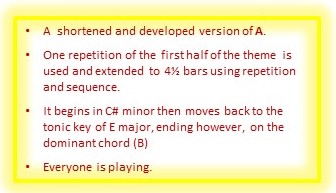 Each of the concertos in The Four Seasons has three movements: fast; slow; fast.
Each of the concertos in The Four Seasons has three movements: fast; slow; fast.- Firstly we’re going to look at the structure of one fast movement in particular.

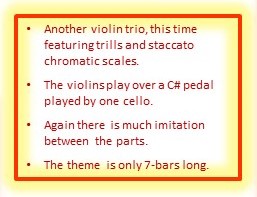
- There are some descriptions in these 11 coloured boxes of sections of music in the first movement of Spring.
- Listen to the movement several times and study each description carefully.
- Once you’ve worked out how the 1st movement of Spring is put together, have a listen to the first movement of Autumn.
- You can find the answers to the Spring exercise here, by the way!
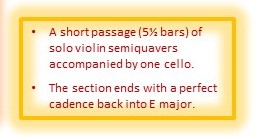
- So were you able to draw any conclusions from these two movements about the structure of Vivaldi’s fast movements in general?
- Here’s a list of possible conclusions.
- Which are true? Which are false?
♦ There are alternating passages featuring the soloist and the orchestra.
♦ The first theme is played by the full orchestra.
♦ The first theme returns frequently during the movement.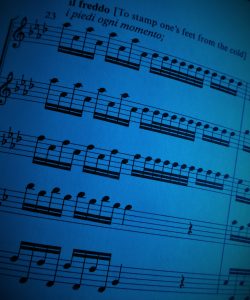
♦ Sometimes elements of the first theme appear in the accompaniment of the solo sections.
♦ The returns of the first theme are always in the tonic key.
♦ The returns of the first theme are sometimes shortened versions of the theme.
♦ The solo passages in between the returns of the first theme are always the same.
♦ Sometimes the passages in between the returns of the first theme are played by the orchestra.
♦ The soloist doesn’t play while the orchestra plays the first theme.
♦ The solo parts are more virtuosic than the orchestra parts and they move through more keys.
♦ This structure could be described as a type of Rondo Form.
♦ This structure could be described as a type of Binary Form.
- If you look at and listen to some more of the fast movements from The Four Seasons, you’ll see and hear that these conclusions can be applied to them as well.
- This “returning” opening theme or section is called ritornello.
- The word “ritornello” means “little return” and, like lots of musical terms, is Italian.
The basic principles of ritornello are:
- first section of music returns in total or in part during the movement . This is the ritornello.
- the ritornello is usually played by the entire orchestra including the soloist.
- the sections in between the reappearances of the ritornello (we’ll call them “episodes”) generally feature the soloist.
- the music in the episodes is often unrelated thematically to that of the ritornello.
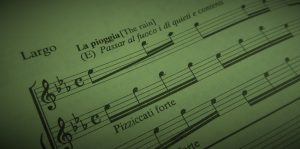 motives from the ritornello may be used in the accompaniment to the episodes or in fact can be used as the basis for the music in the episode.
motives from the ritornello may be used in the accompaniment to the episodes or in fact can be used as the basis for the music in the episode.- the ritornello is not always in the tonic key, but is usually in related keys such as the dominant, subdominant or relative minor/major.
- the episodes are the ones which modulate to the new key (often briefly through others) which is confirmed by the entry of the ritornello in the new key.
- sometimes the soloist appears in the middle of a ritornello, and sometimes the orchestra plays during an episode.

*Ritornello resembles Rondo Form in that the opening idea returns several times (ABACA), but in Rondo Form, the returning “A” section is always in the tonic.

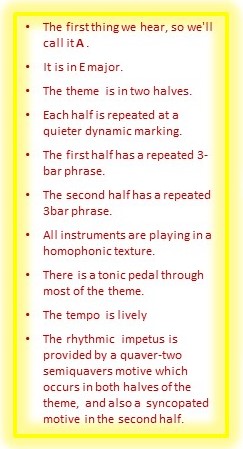
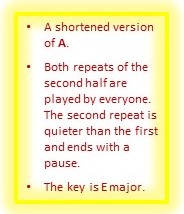

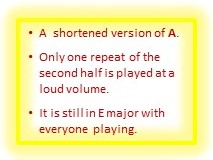
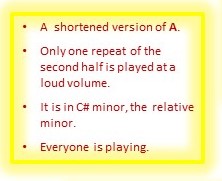

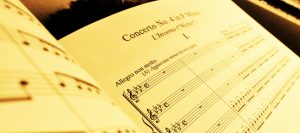
No comments yet.